- Préparation
- Take-off
A response to the ecological
challenge of the century
A response to the ecological
challenge of the century
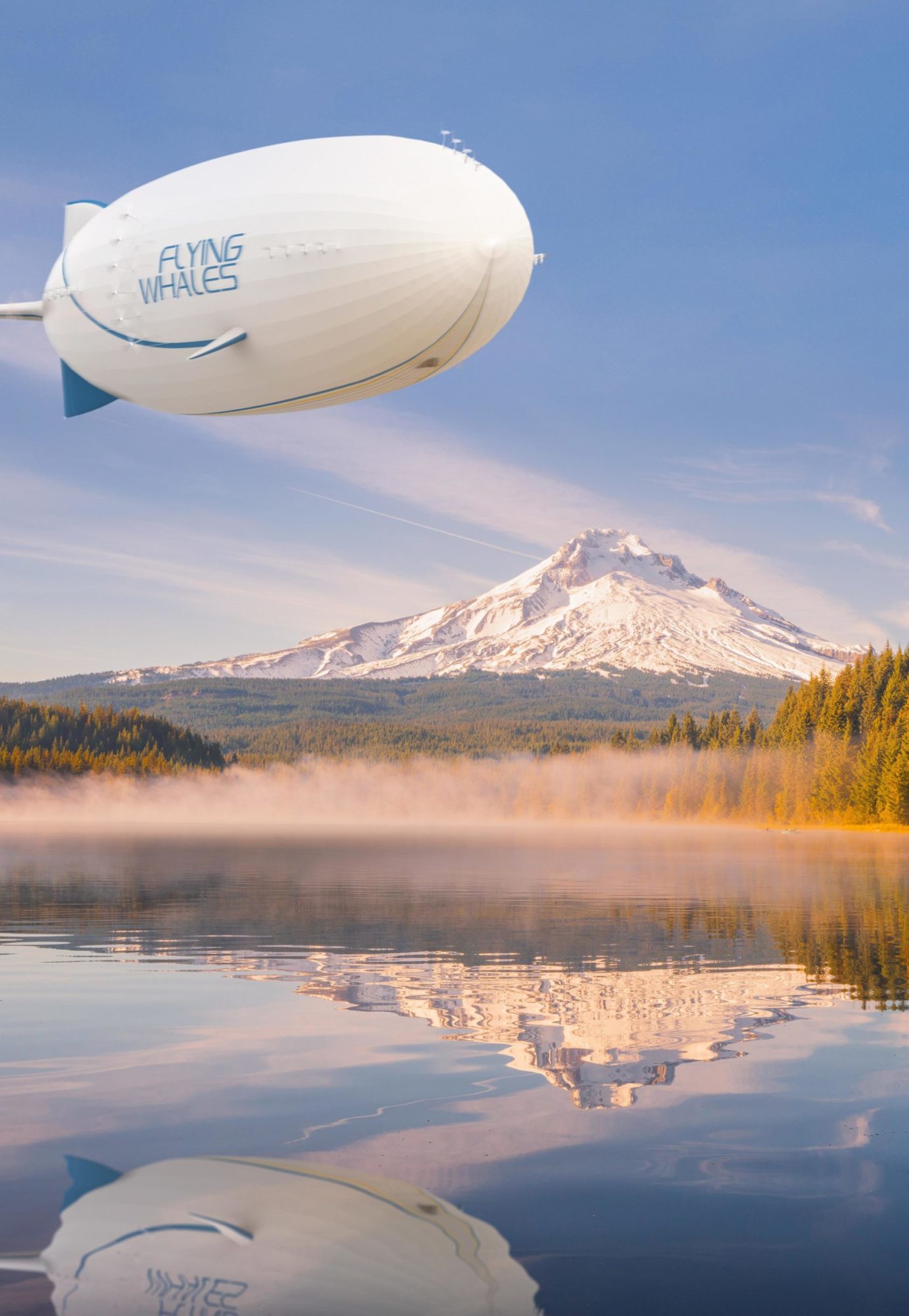
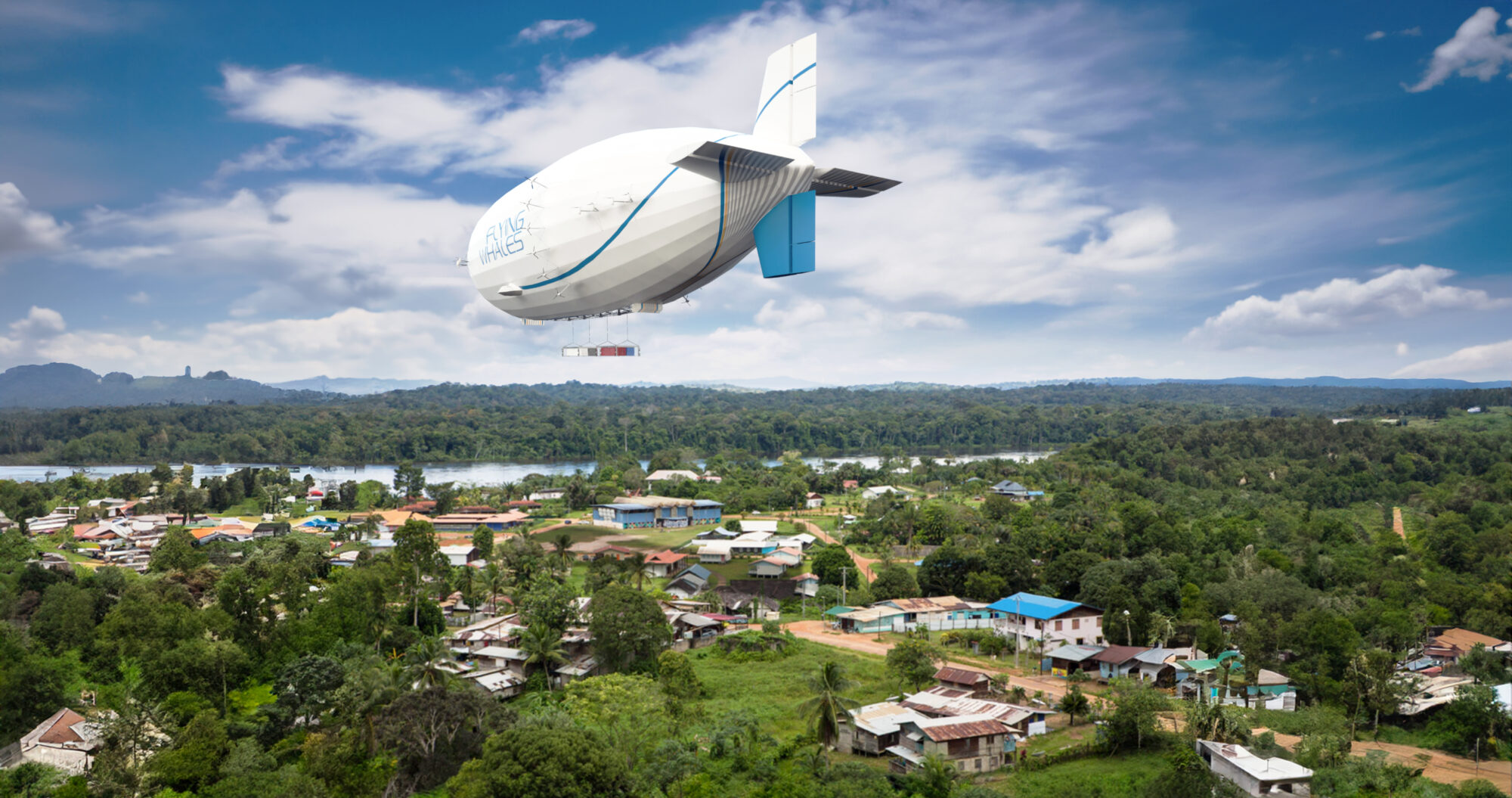
Several sources of
impact reduction
Several sources of
impact reduction
The first quality of this solution is that it is based on an aircraft that is lighter than air, thanks to helium, its carrier gas. This characteristic allows it to free itself from gravity without having to resort to intense energy consumption. This distinguishes it from aeroplanes or helicopters.
In addition, its propulsion system is designed to be 100% electric as soon as possible. Its architecture, initially hybrid-electric to obtain its EASA certification, will allow the thermal energy generation brick to be easily replaced by hydrogen fuel cells (by 2030). This is what we are working on with our industrial and scientific partners.
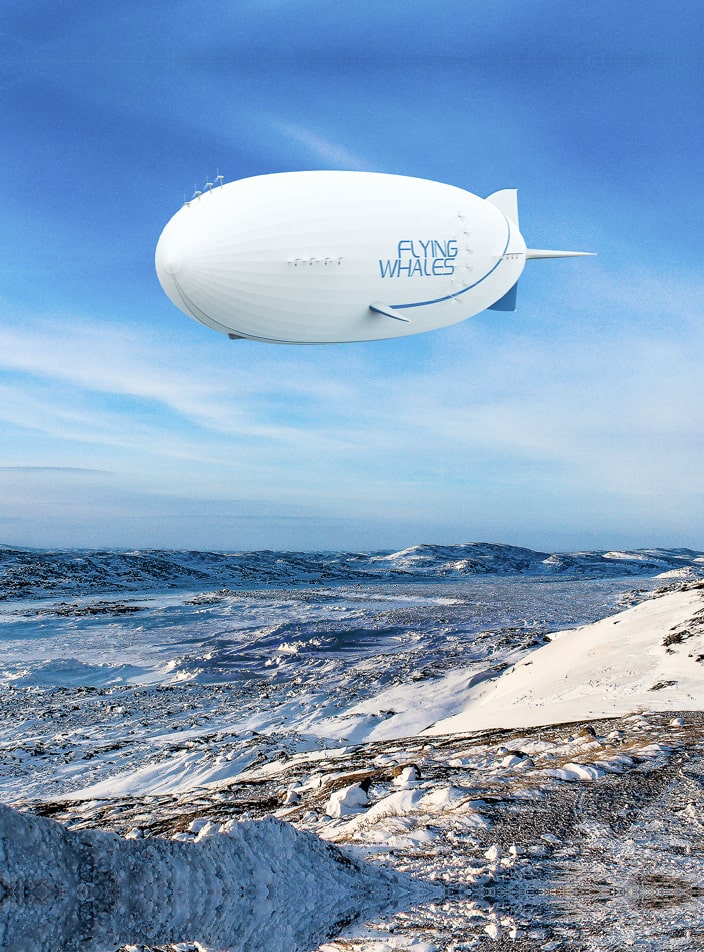
Finally, thanks to its winch system integrated into the cargo compartment and a propulsion system that guarantees high precision, the LCA60T will be able to load and unload up to 60 tonnes of cargo in hovering flight, without the need to land. The impact of this solution on the environment and local biodiversity is therefore reduced.
Life Cycle Assessment
of FLYING WHALES
Life Cycle Assessment
of FLYING WHALES
Display the different steps by moving the cursor around the circle
Raw material extraction
Raw material processing
Transport to the sites
Assembly at FLYING WHALES sites
Use of the LCA60T
End of life recycling
Our environmental approach
Our environmental approach
Towards an eco-designed aircraft
Our approach is based on a rigorous assessment of the environmental impact of our solution, through a comprehensive life cycle analysis. Our ambition: to design an aircraft that is as sustainable as possible thanks to a holistic eco-design strategy. We are committed to continuously reducing the ecological footprint of our airships, from the supply phase to end-of-life, including flight operations.
Demonstrating the environmental relevance of our solution
To assess the positive impact of our solution compared to traditional modes of transport, we use the avoided emissions method. This approach, developed with the consulting firm Carbone 4, shows that the LCA60T can reduce CO₂ emissions by 60% to 87% compared to helicopters, airplanes, trucks, pirogues, and blade lifters, particularly in areas without infrastructure. The analysis includes all necessary infrastructure and is based on four concrete use cases representative of our target markets.
Committed teams trained in climate issues
Raising awareness among our employees about climate challenges is at the heart of our approach. Through initiatives like the Climate Fresk, we foster collective awareness and encourage everyone to actively engage in reducing our footprint, both individually and as part of the LCA60T project. In parallel, conducting our Carbon Footprint assessment – covering scopes 1, 2, and 3 – allows us to better understand and manage our environmental impact from the development phase onward.
FLYING WHALES MAKES
A CONCRETE COMMITMENT
Many of the sectors
concerned
Many of the sectors
concerned
Wood

158
Identified need for LCA60T to mobilise renewable wood resources to accelerate supply to timber construction.
Power
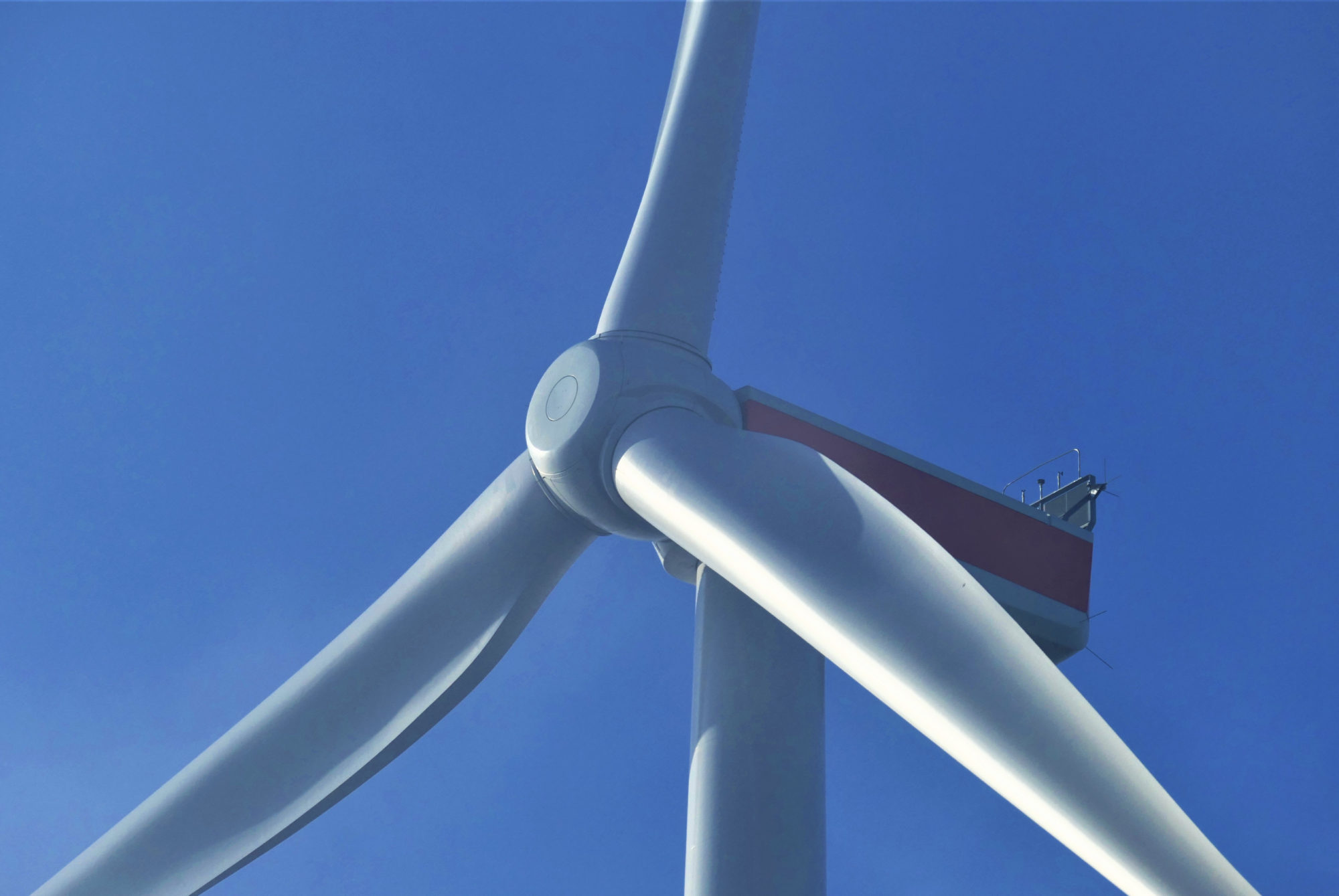
40%
Installation of all wind energy in Europe by 2030 with the LCA60T. In line with MDG 7: Achieve universal access to renewable energy
Transport
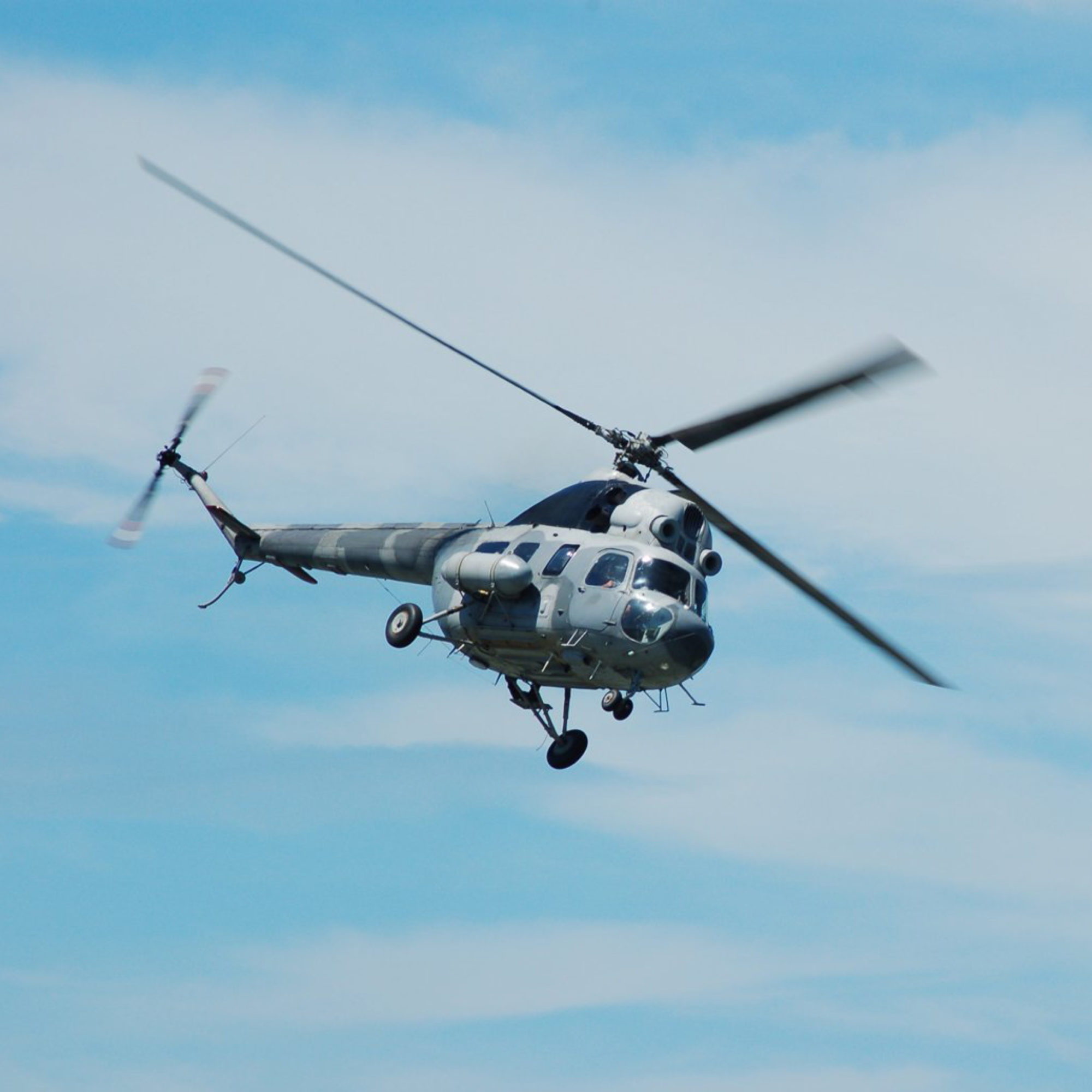
40x moins
gCO2e/ton.km per LCA60T compared to a helicopter
